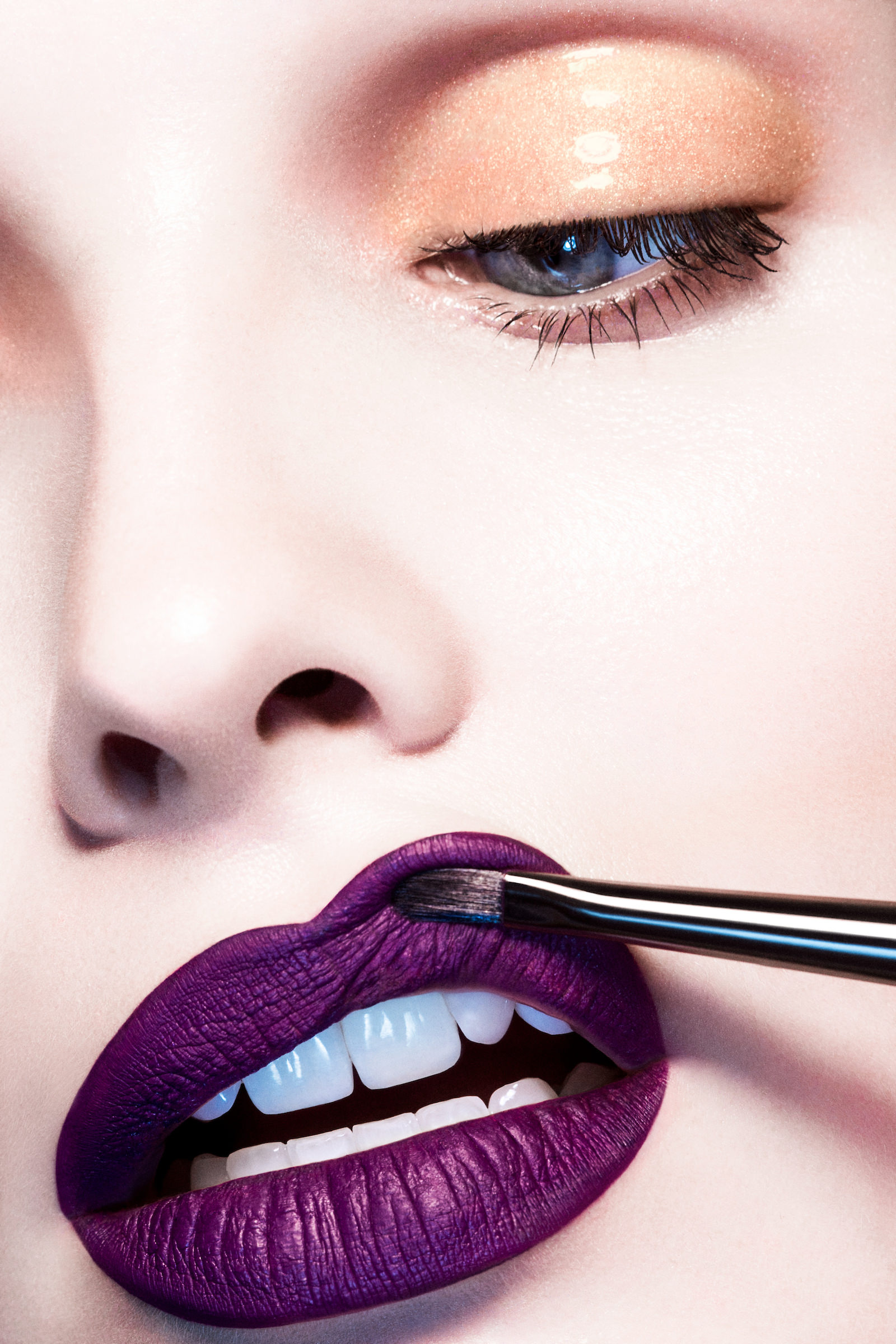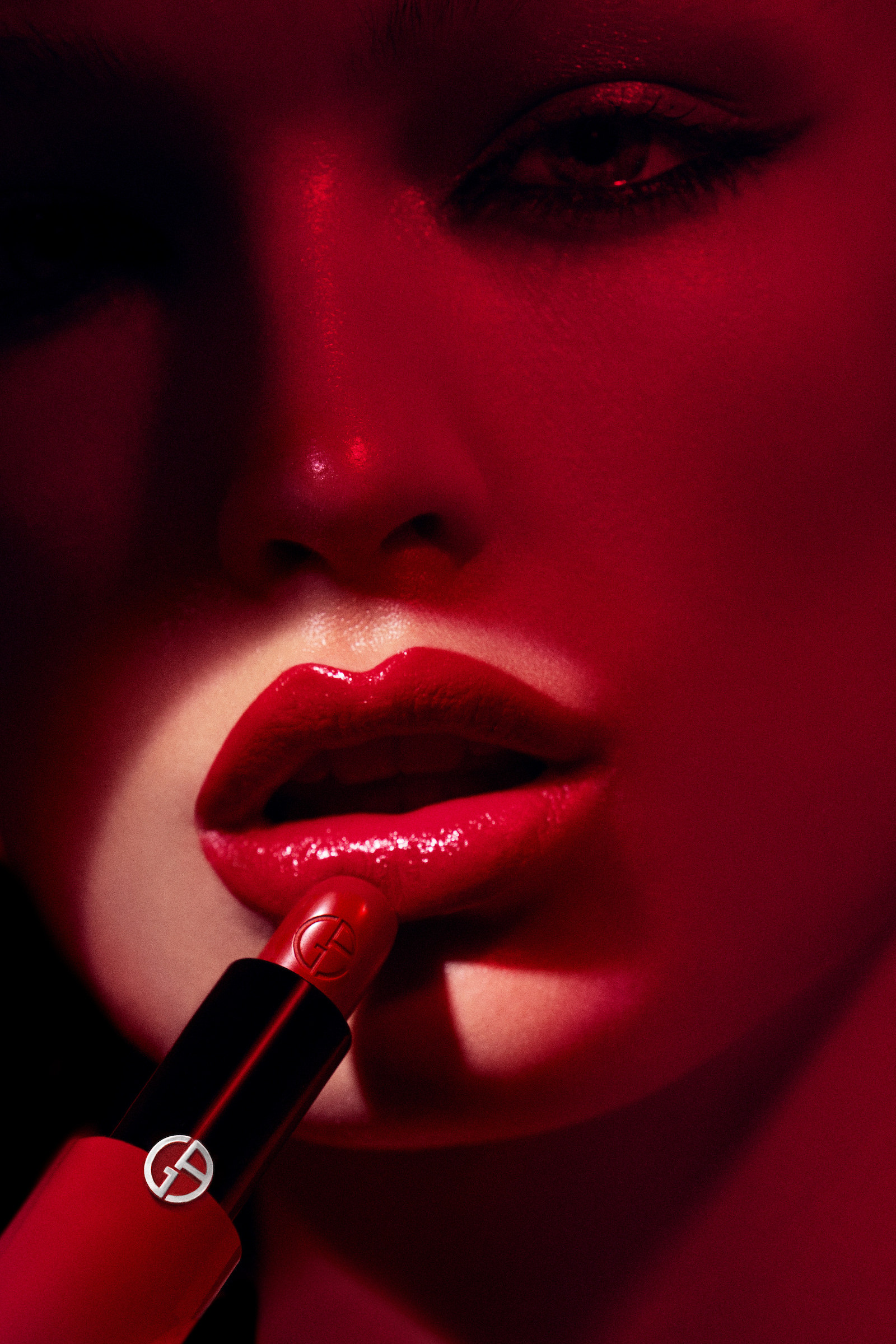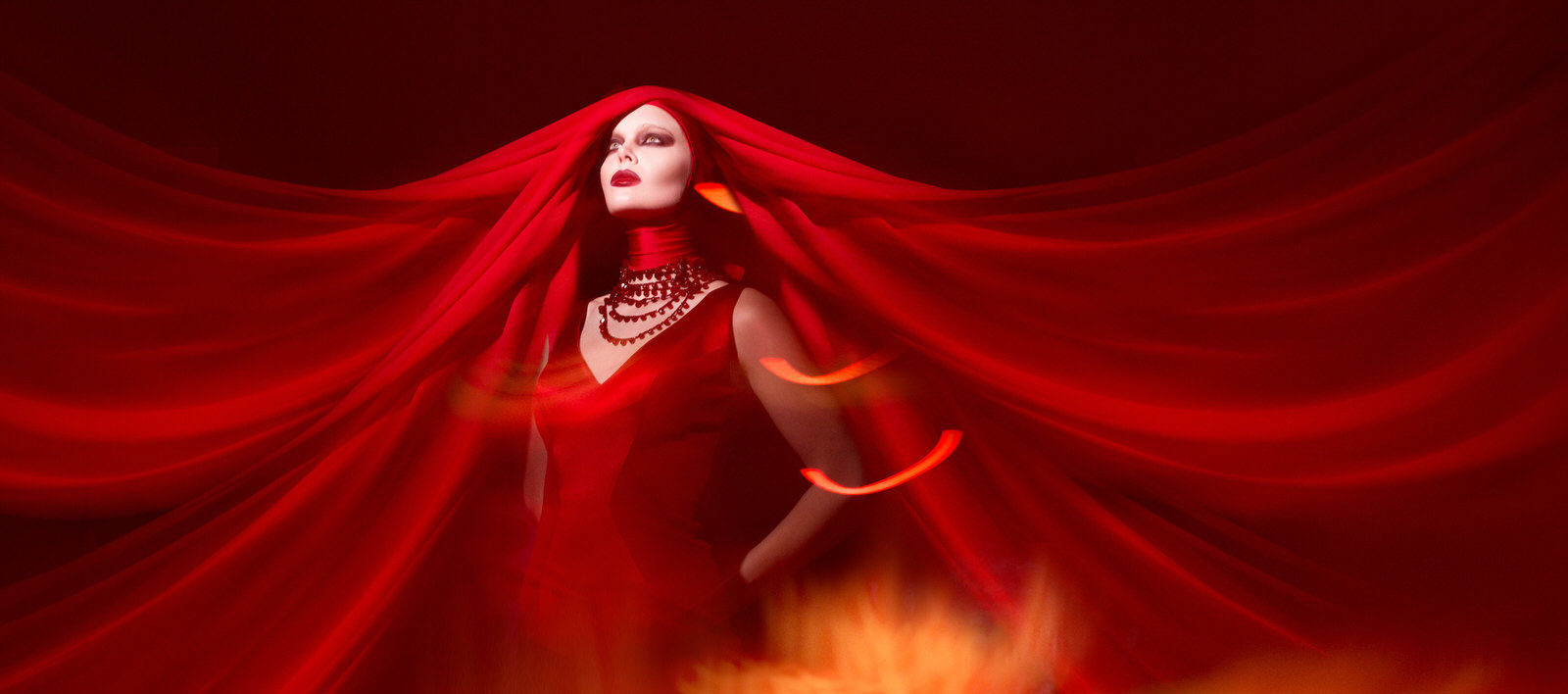
How Lindsay Adler Became One of the World’s Top Fashion Photographers
Named one of the top 10 fashion photographers in the world, Lindsay Adler’s work has been featured in and made the covers of some of the biggest publications out there, including Elle, Marie Claire, and InStyle. The NYC-based photographer and educator has been a speaker at many photography events, and continues to teach at conferences all over the world and on industry-leading platforms. Lindsay is also the author of four books.
In our first interview with Lindsay back in 2012, we had the pleasure of talking to the artist about her editorial work and what a typical fashion photo shoot is like. Today, we’ve caught up with Lindsay to see what’s been happening since then and how her work has evolved over the years. In our interview, Lindsay also shares some seriously useful marketing advice to help others start their own successful photography business.
How did you get into fashion photography as a career?
Since I first picked up a camera, I’ve tried just about every type of photography out there. In my early teens, I started by photographing nature and landscapes. In high school, I focused on traditional portraiture. In college, I tried my hand at photojournalism. Although photography has always been my passion and calling, none of these types of photography fit my creative needs. There were always too many expectations, rules and boundaries. When I first tried my hand at fashion photography, I felt an excitement and passion that I had never felt before. I could take an idea in my head and manifest it into reality that I could share with others. The rules and boundaries were loose and opened up an entire realm of creative possibilities I had never considered.
One of my very first fashion images has become iconic of my brand and graphic style (striped goggles, white skin, red lips).
Did you go to school for photography? How important do you feel a degree is to be successful in this business?
When I attended college, I had three degrees. The first was political science, to make me more aware of the world and to teach me strong writing and analytics skills. The second degree was in business, specifically in entrepreneurship, to teach me to run a small business. Finally, I had a degree in visual communications specializing in photography to help hone my craft.
To be honest, I do not feel that college is essential to be a photographer. What is essential is the drive to learn and educate yourself. You can gain an education working for another photographer, or attending workshops and seminars, or simply by experimentation. Some people need the structure of college to help them focus and refine their vision. If you have the passion and drive, you will make it happen with or without a degree.
What advice would you give someone interested in pursuing a similar career?
Surround yourself with competent, passionate people. Build a strong creative team to help you execute your vision. Find talented people to help you grow your business and expand you capabilities. Fashion photography certainly requires you to be a strong leader, but strong leaders need a great team to help them achieve their goals.
Which artists or photographers do you most admire? How has their work influenced your own?
I’ve been influenced by DOZENS of photographers. Sometimes I am inspired by their lighting, or their use of fabric, or their portrayal of women. I find that gathering many influences (instead of just a few) helps you to be more authentic and less of a ‘copycat.’ My lighting inspiration is most from Albert Watson and Solve Sundsbo. I am absolutely enamored with Lillian Bassman‘s experimental approach to image-making, along with her strong and elegant portrayal of women.
Do you still have time to shoot personal work as well as commercial?
I shoot personal work frequently. I am not a photographer because of a desire to make money. I could choose a wide range of other careers if my focus was purely on making money. I am a photographer because it is my passion and expressing my vision through personal work is one of the most rewarding things in my life. I can barely express the pleasure it brings when making beautiful images.
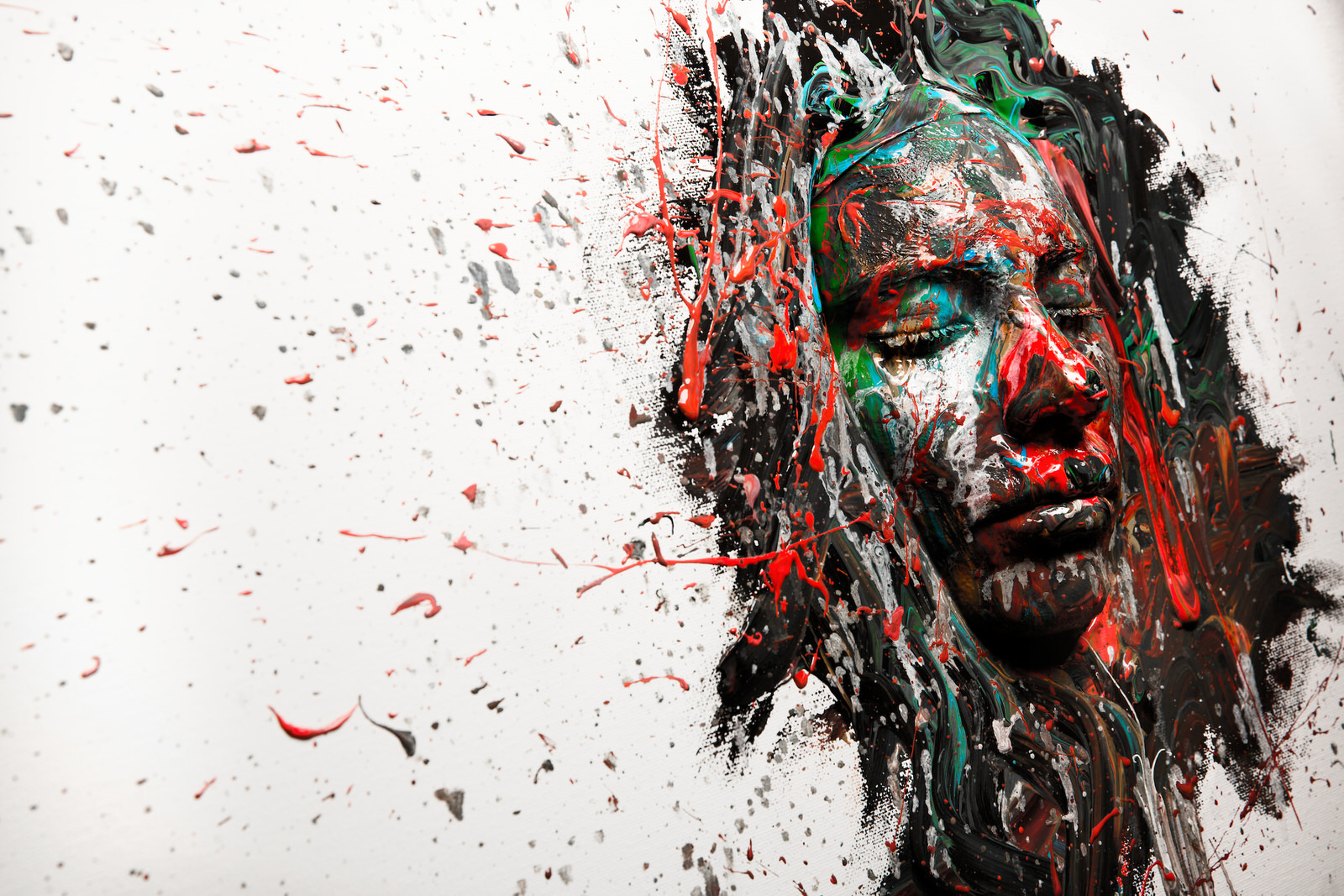
What is a typical shoot like? Do you have any particular habits that are a part of how you begin your creative process?
For the type of photographic work I do, preparation is an essential part of the creative process. Let’s take a look at a typical fashion editorial, for example. First, I begin by selecting a general theme or subject of the editorial. I shoot for a variety of high-end fashion magazines, and often their issues have a theme. I enjoy shooting for themed issued because I feel that these small boundaries help open up a great deal of creativity. When I know this theme, I start to piece together the editorial visually by creating a mood board.
A mood board is a visual reference of the overall feel of the shoot. On a mood board, I will have images that represent the desired hair, makeup, wardrobe, lighting, location, or overall mood of the shoot. This helps me communicate my vision to my creative team. When you look at the mood board, it is a snapshot of how you should feel when looking at my resulting editorial.
From there, I pass this mood board on to my creative team so they can start preparing (purchasing hair and makeup, gathering wardrobe, etc). Next, I start casting the model by reaching out to a variety of model agencies, seeking to find the model who best fits my vision. When the entire team is gathered I send out a ‘call sheet’ summarizing the schedule for the day.
The days of my shoots are a fantastic mix of serious and fun. We are all serious about our art, sticking to the schedule, executing the vision. That being said, we have an amazing time and are flexible enough to allow us to create openly. We eat great food, listen to music, laugh, tell stories, shoot funny behind the scenes, and just create an environment for open expression. I love that my models always comment on how great the creative team works together and how we are both professional yet create an environment that everyone can enjoy!
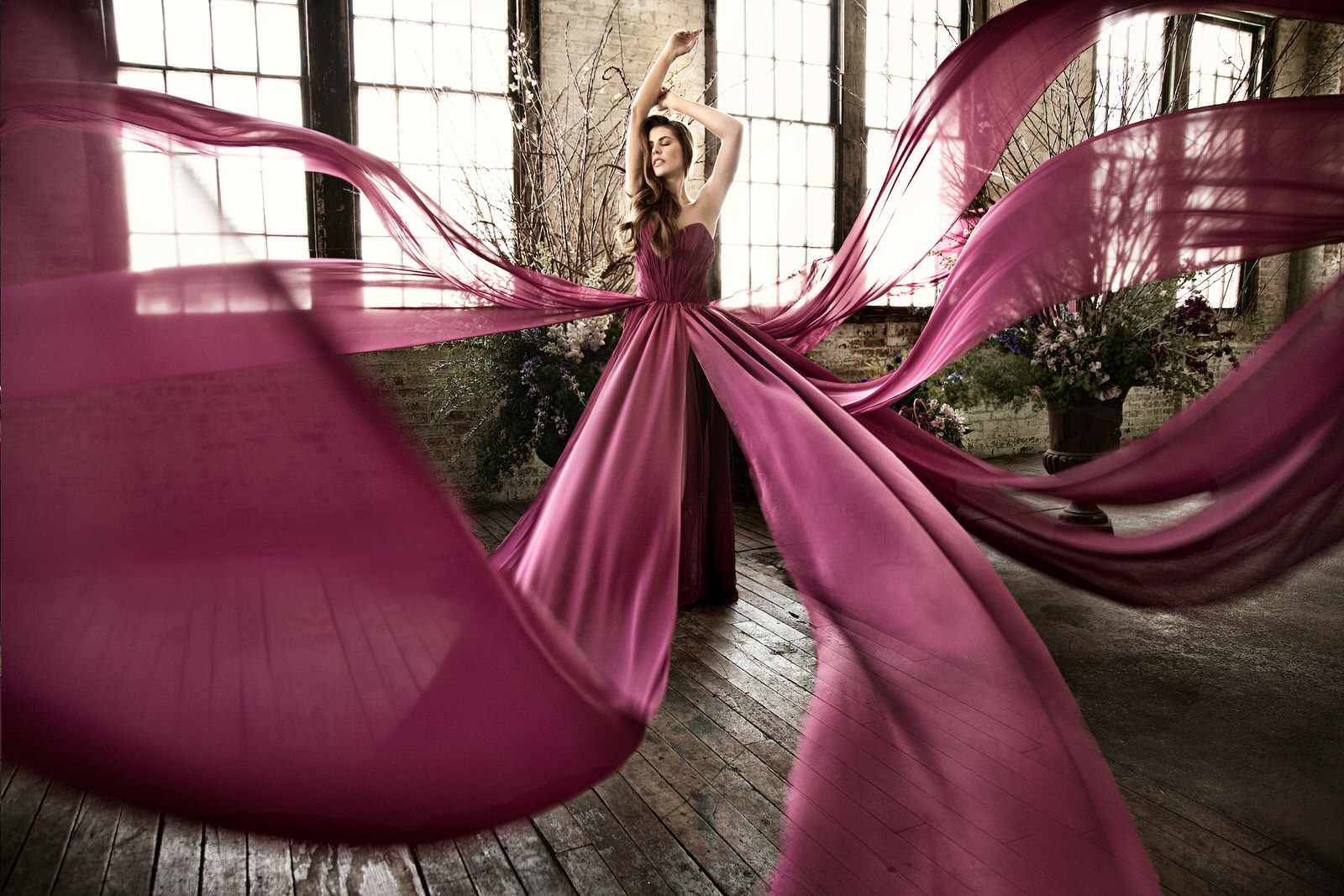

What do you do when you hit a wall during your creative process?
When I hit a creative wall with my photography, I often try to do something else creative – go to a play, a museum, or try something new to try to get new connections firing in my brain. I also find it extremely helpful to lean on the inspiration of other creatives – hair, makeup, wardrobe, etc. When you work with other creative people, sometimes allowing them to lead the way can allow you to get excited by (and inspired by) their ideas and passion.
In addition to photo shoots, managing a blog, and publishing books, you also teach workshops. Can you tell us a little about them and how you balance everything?
Photography is my greatest passion in life, and I love helping to share that passion with others. For this reason, I write books to help educate photographers. I urge them to push their creative bounds and perfect their craft. I teach workshops as a way to teach photographers how to open up their minds and learn new techniques that may help them better embrace their own passions. I teach a variety of workshops, but love my hands on fashion intensive workshops where we all work together to create striking imagery.
My life is truly a balancing act, but I am able to balance by setting goals. I set goals, deadlines and be sure to keep to these deadlines. If I were simply throwing my heart and soul into every project at all times, all would be getting minimal attention. My fashion and commercial work comes first, and my teaching/books come after!
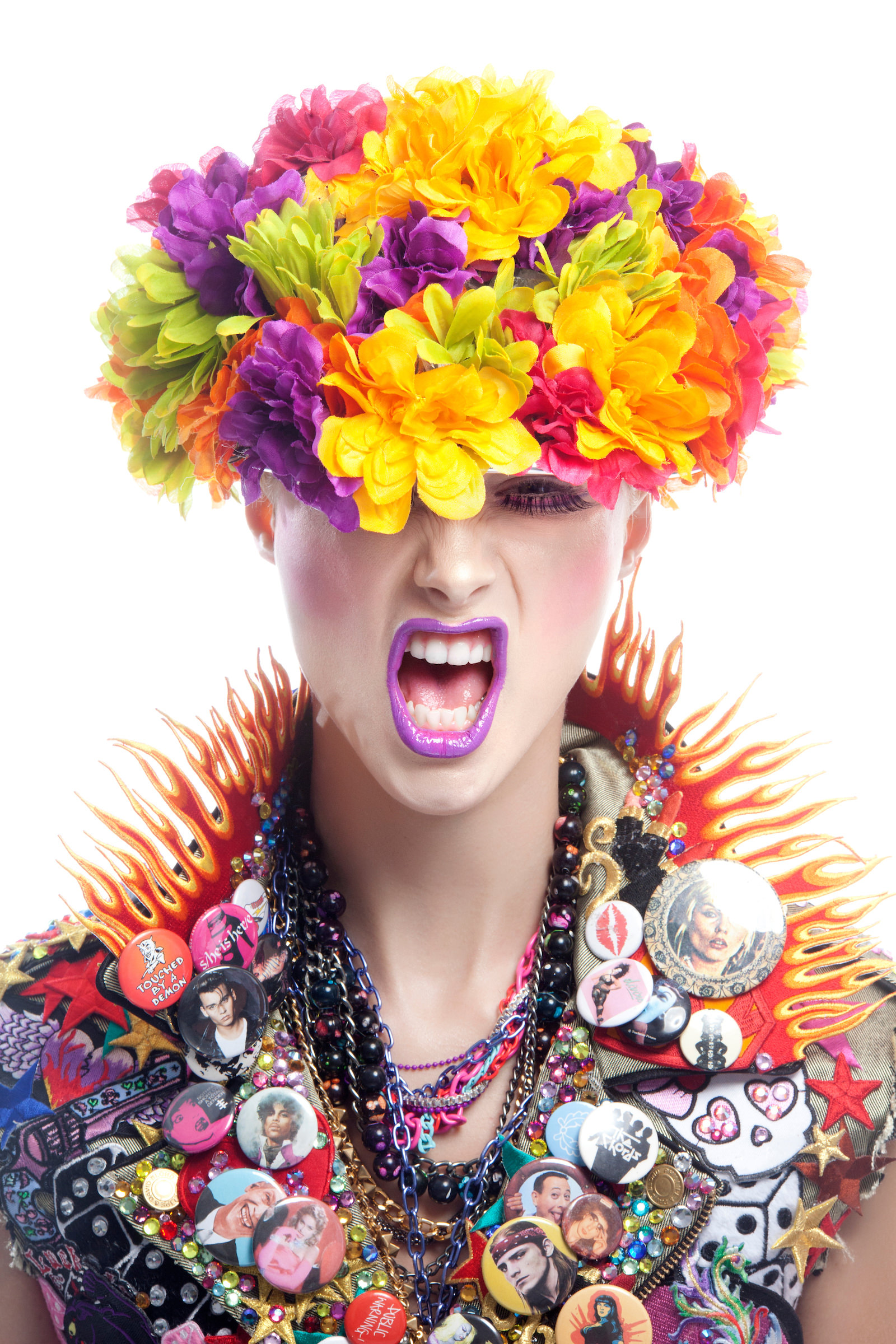
Many artists and photographers struggle with the business side, but you seem to have it all down. Do you have any business and/or marketing advice for photographers?
One of the most helpful pieces of advice I got when pursuing photography was, “Don’t go to school for photography. You can learn photography through workshops and assisting other photographers. Instead, focus on learning about business. As a photographer you are running a small business and without business understanding it will fail.” I’d like to pass this on to other photographers. Remember how important business acumen and understanding is to the survival of your business as an artist!
Take business courses. Study successful photographers’ business practices!
The other piece of advice I would give is to not be afraid to ask. Don’t be afraid to ask if you can photograph someone, or shoot in a cool location, or for a great opportunity. Opportunities don’t just throw themselves at you… you often must ask first!
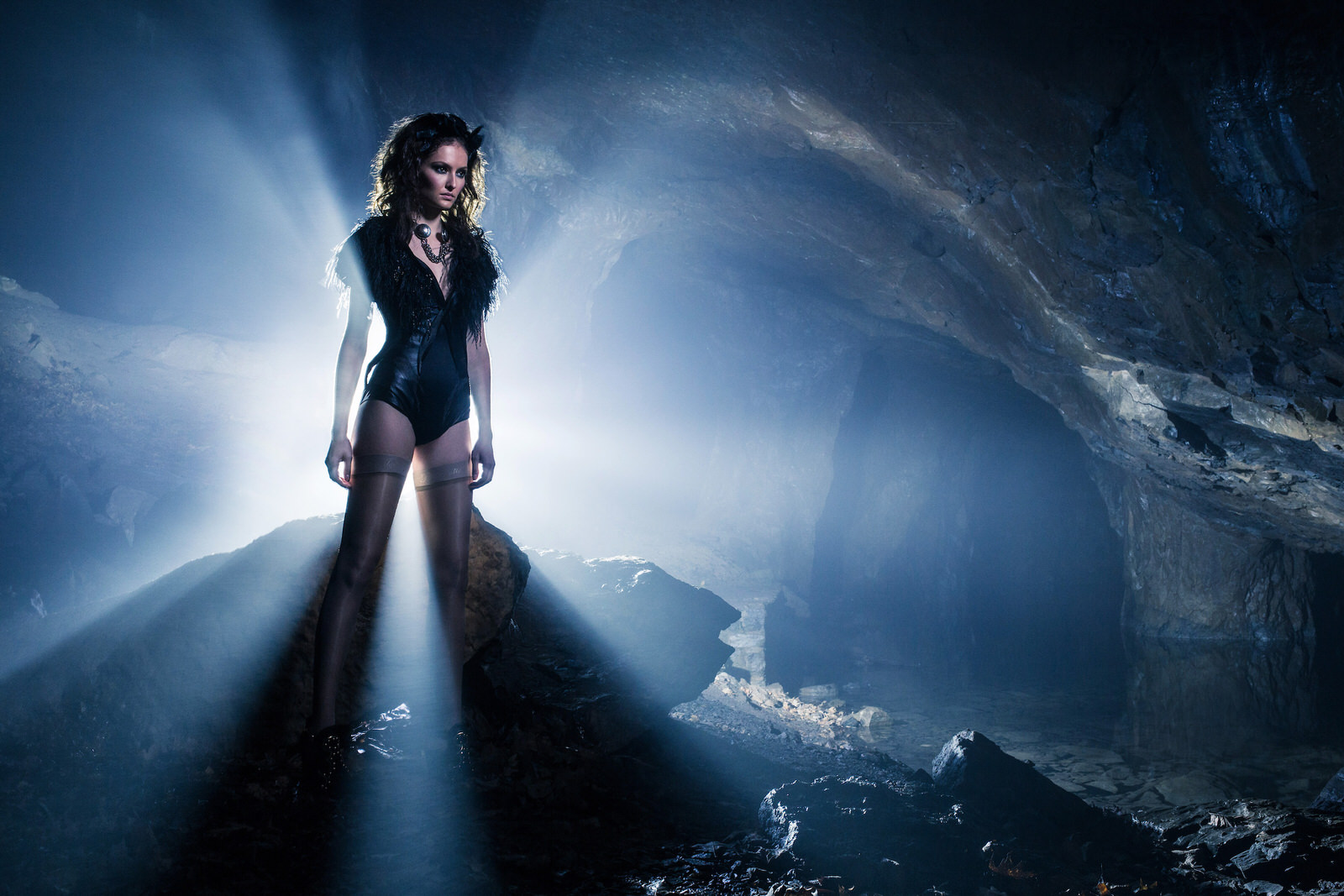
Your book, “The Linked Photographers’ Guide to Online Marketing and Social Media” is a great resource. How has social media helped you and what are your best tips for reaching people through online networking?
Social media has helped my career in ways I cannot explain. I have built a following of great, passionate people. I found my studio through social media. I met the author of my first book through social media. I have gotten published in several magazines through introductions made on social media. I have many sponsors that have reached out to me or discovered me through social media. I make connections, meet people, and maintain relationships through my social media activities.
My biggest tip for people looking to utilize social media is to figure out how you can become a resource for your target audience. What can you share as a way to be a useful source of information? What can you share that they would find of interest or that people will link to? Can you portray a personality that will attract people to the great content you have created?
What book would you recommend to other creatives/artists?
“How to Win Friends and Influence People.” Understanding how to work with people is an important element of being a small business owner. You need to learn to bring out the best in your clients, your subjects, and your creative team if you really want to flourish.
Do you have a quote or mantra that always gets you fired up?
“Your next photo is your best photo!”
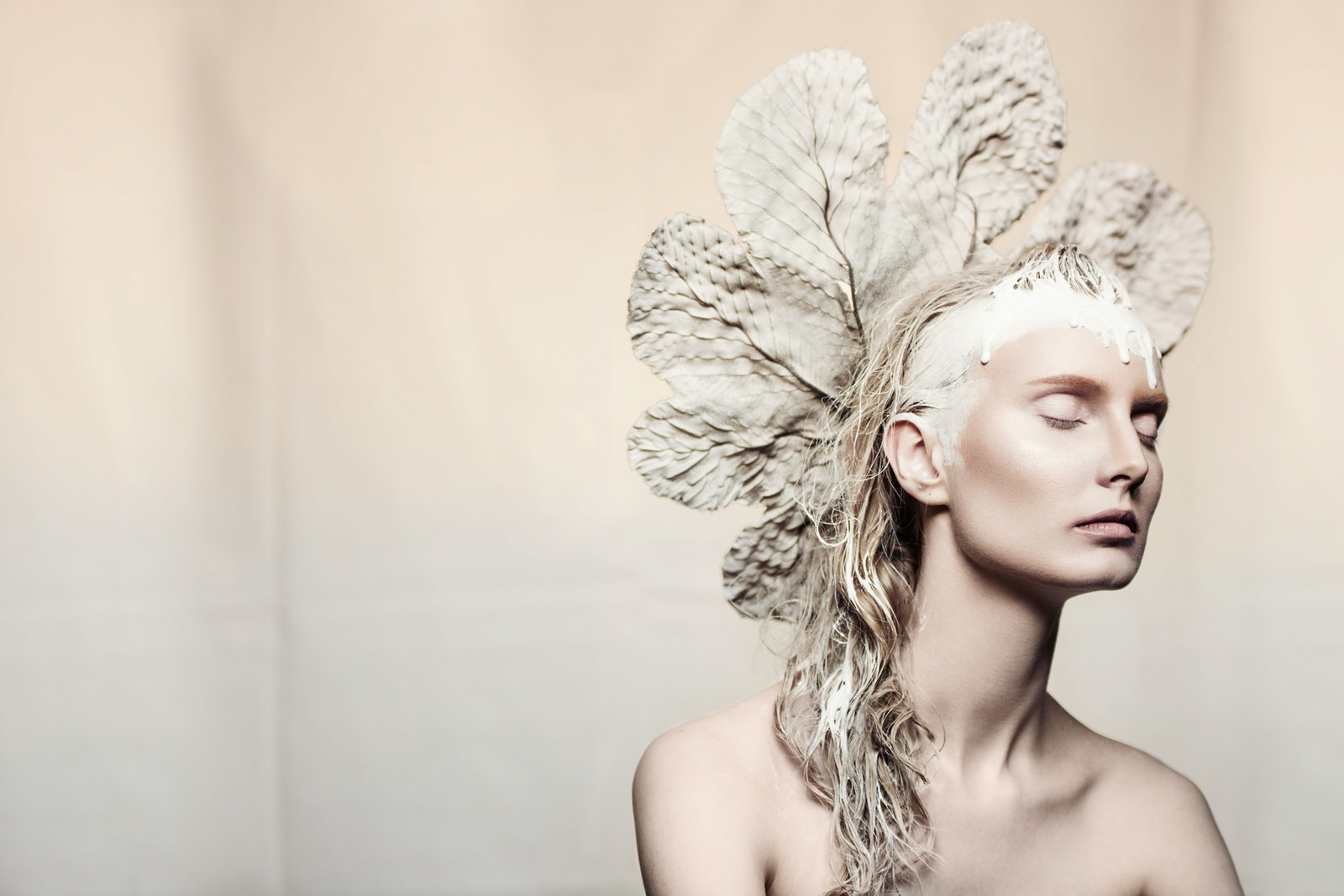
With her clever marketing and business instincts and solid background, it’s no wonder Lindsay continues to rise as one of fashion photography’s biggest names. To see more of Lindsay’s photography and keep up with her latest projects, visit her website and Instagram.


